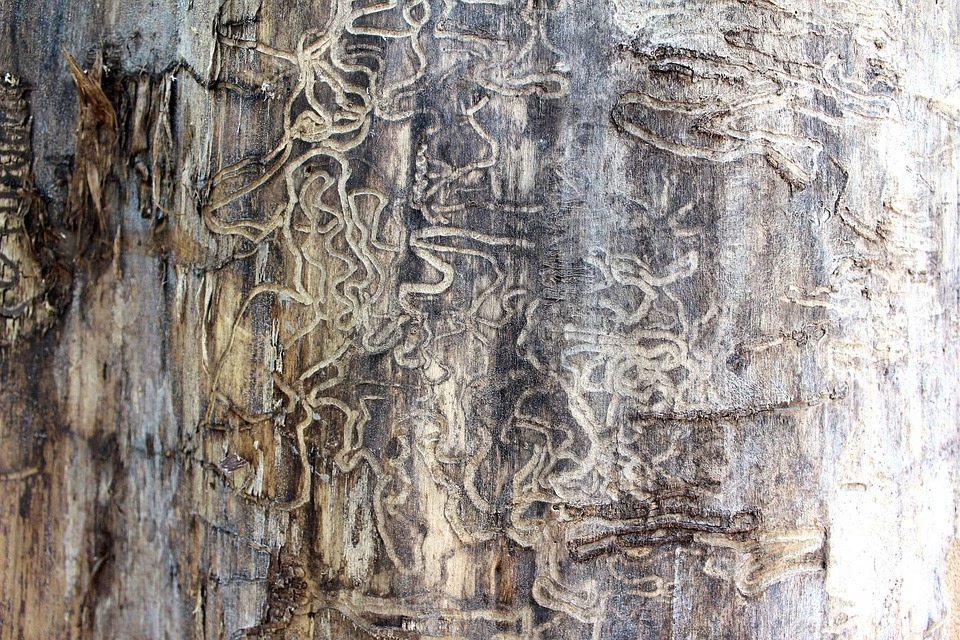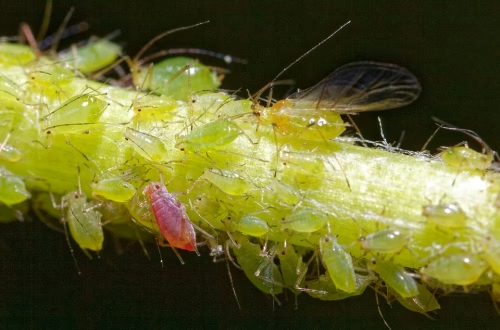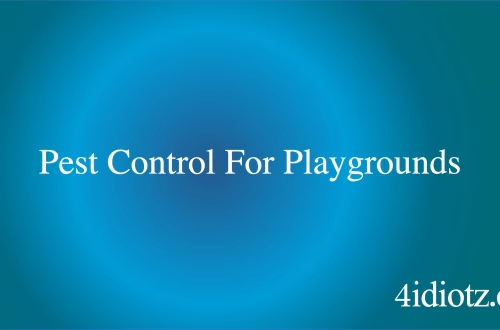Summary:
Termite damage repair cost is a critical concern for homeowners, property managers, and businesses alike. Termites can cause structural damage that can lead to costly repairs, ranging from minor fixes to complete reconstructions. This article explores the factors influencing repair costs, effective pest control methods, and the importance of addressing termite infestations promptly. Understanding these costs and prevention strategies can save you thousands of dollars and protect your property’s value. Whether you’re dealing with an active infestation or want to safeguard against future damage, this guide provides actionable insights to help you make informed decisions.
What This Means for You:
- If you suspect termite damage, immediate inspection and repair are crucial to prevent further deterioration.
- Invest in preventative pest control measures to avoid costly repairs in the future.
- Choose a licensed and experienced pest control service to ensure thorough and effective treatment.
- Ignoring termite damage can lead to significant structural issues and decreased property value.
Termite Damage Repair Cost Explained:
Termite damage repair cost refers to the expenses associated with fixing structural or cosmetic damage caused by termite infestations. These costs can vary widely depending on the extent of the damage, the type of termites involved, and the materials needed for repairs. Minor repairs, such as replacing damaged wood or drywall, may cost a few hundred dollars, while extensive structural damage can run into tens of thousands of dollars. Factors like location, accessibility, and the need for ongoing pest control treatments also influence the final cost.
Termites are notorious for their ability to remain undetected for long periods, causing widespread damage before homeowners even realize there’s a problem. This makes early detection and intervention essential to minimize repair costs. Additionally, the type of termites—subterranean, drywood, or dampwood—can affect the repair process, as each species causes damage in different ways and requires specific treatment methods. Understanding these factors can help you estimate potential costs and plan accordingly.
Types of Pest Issues:
Termite infestations vary by species and region, each presenting unique challenges and repair costs. Subterranean termites, the most common type in the United States, build colonies in soil and construct mud tubes to access wooden structures. They are responsible for the majority of termite-related damage and often require extensive repairs. Drywood termites, on the other hand, infest dry wood and can cause significant damage to furniture, flooring, and structural beams. Dampwood termites thrive in moist environments and typically attack decaying wood, making them less common but still problematic in certain areas.
Federal and state laws mandate pest control measures to prevent the spread of termites and protect property. For example, the Environmental Protection Agency (EPA) regulates the use of termiticides to ensure they are safe and effective. Some states, like California and Florida, have specific regulations for termite inspections and treatments due to their high termite activity. Compliance with these laws is essential for effective pest management and avoiding legal penalties.
Common Pest Control Methods:
Effective termite control involves a combination of prevention, detection, and treatment strategies. Liquid termiticides, applied to soil around the foundation, create a barrier that prevents termites from entering a structure. Bait stations, placed around the property, lure termites and deliver slow-acting insecticides that eliminate entire colonies. For drywood termites, fumigation or localized treatments like heat or cold may be necessary to eradicate the infestation.
Preventative measures are equally important. Regular inspections by a licensed pest control professional can identify early signs of termite activity before significant damage occurs. Sealing cracks in the foundation, reducing moisture around the property, and using termite-resistant building materials can also help protect your home. Successful pest control requires a tailored approach based on the specific type of termites and the extent of the infestation.
Risks and Consequences:
Ignoring termite damage can have severe consequences for both your property and your wallet. Structural damage can compromise the integrity of your home, leading to unsafe living conditions and costly repairs. In extreme cases, entire sections of a building may need to be rebuilt. Additionally, termite damage can decrease property value, making it harder to sell or refinance your home.
Beyond financial costs, untreated termite infestations can spread to neighboring properties, leading to potential liability issues. Health risks, such as allergies or respiratory problems caused by termite droppings, are also a concern. Addressing termite damage promptly not only protects your investment but also ensures the safety and well-being of occupants.
Choosing a Pest Control Service:
Selecting the right pest control service is critical for effective termite management. Look for a company with experience in termite damage repair and a proven track record of success. Licensed and insured professionals are essential to ensure the job is done safely and effectively. Ask about their treatment methods, warranties, and whether they comply with federal and state regulations.
Customer reviews and referrals can provide insight into a company’s reliability and quality of service. A thorough inspection and detailed estimate should be provided before any work begins. By choosing a reputable pest control service, you can ensure your termite issues are resolved efficiently and prevent future infestations.
People Also Ask About:
- How much does termite damage repair typically cost? The cost varies widely, ranging from $500 for minor repairs to $10,000 or more for extensive structural damage. The specific cost depends on factors like the extent of damage, type of termites, and materials needed for repairs.
- Does homeowners insurance cover termite damage? Most homeowners insurance policies do not cover termite damage, as it is considered a maintenance issue. However, some policies may include coverage if the damage results from a sudden and unforeseen event.
- How can I prevent termite damage? Regular inspections, reducing moisture around your home, sealing cracks, and using termite-resistant materials are effective preventative measures. Professional pest control treatments can also provide long-term protection.
- What are the signs of termite damage? Common signs include hollow-sounding wood, mud tubes on exterior walls, discarded wings, and visible damage to wooden structures. Early detection is key to minimizing repair costs.
Expert Opinion:
Termite damage is a serious issue that requires immediate attention to prevent costly repairs and structural compromises. Early detection and professional intervention are essential for effective management. Homeowners should prioritize preventative measures and choose experienced pest control services to safeguard their property. Ignoring termite infestations can lead to significant financial and safety risks, making proactive pest control a smart investment.
Related Key Terms:
- Termite damage repair cost in California
- Subterranean termite treatment methods
- Drywood termite damage repair
- Termite inspection and prevention tips
- Affordable termite control services
- Cost of termite damage vs. repair
- Best pest control for termites in Florida
Pest Control Disclaimer
This content is for educational purposes only and does not replace professional pest inspection, treatment, or safety advice. Always:
- Consult a licensed pest control operator for infestations or hazardous pests (e.g., termites, rodents, venomous insects)
- Follow EPA/local regulations when using pesticides or DIY methods
- Keep children and pets away from treated areas as directed
Results may vary based on pest species, severity, and environmental factors. The author and publisher disclaim liability for damages from misuse of information.
*Featured image sourced by Pixabay.com





